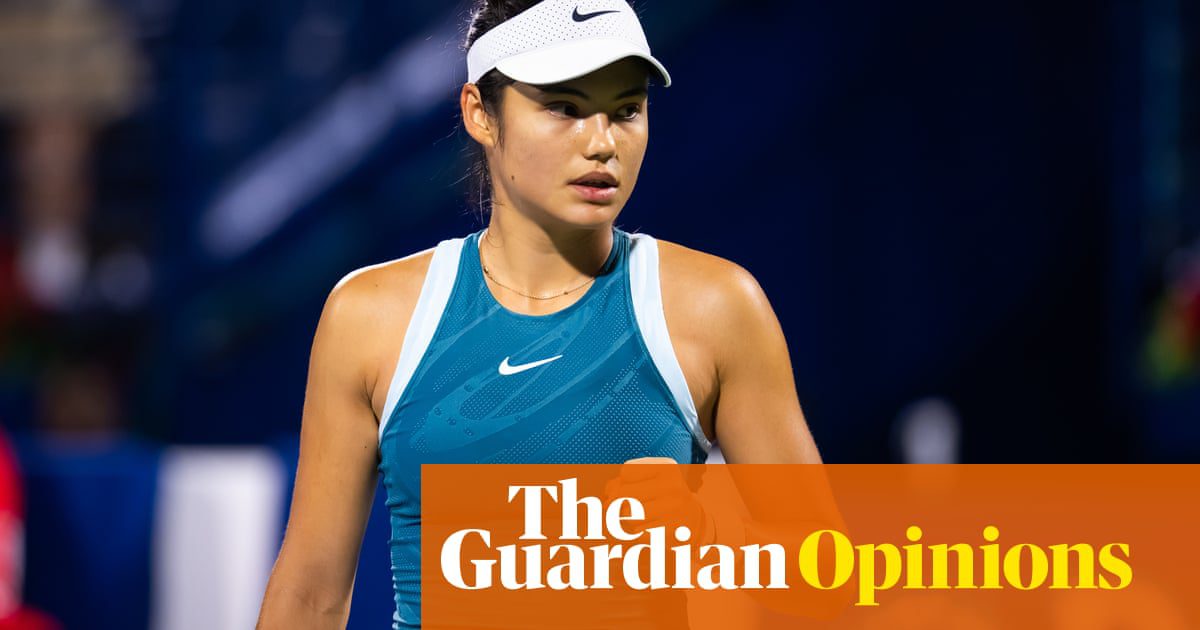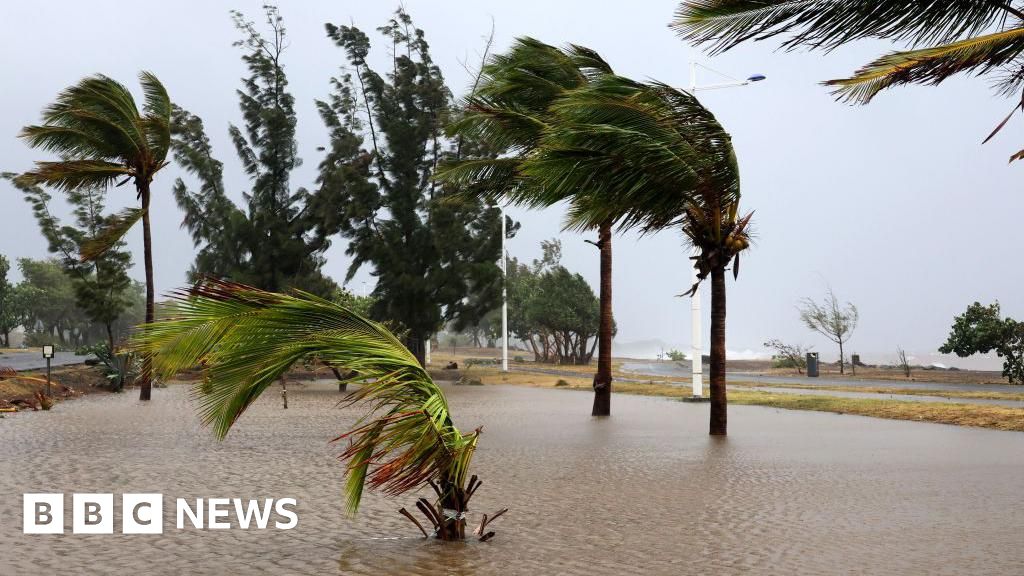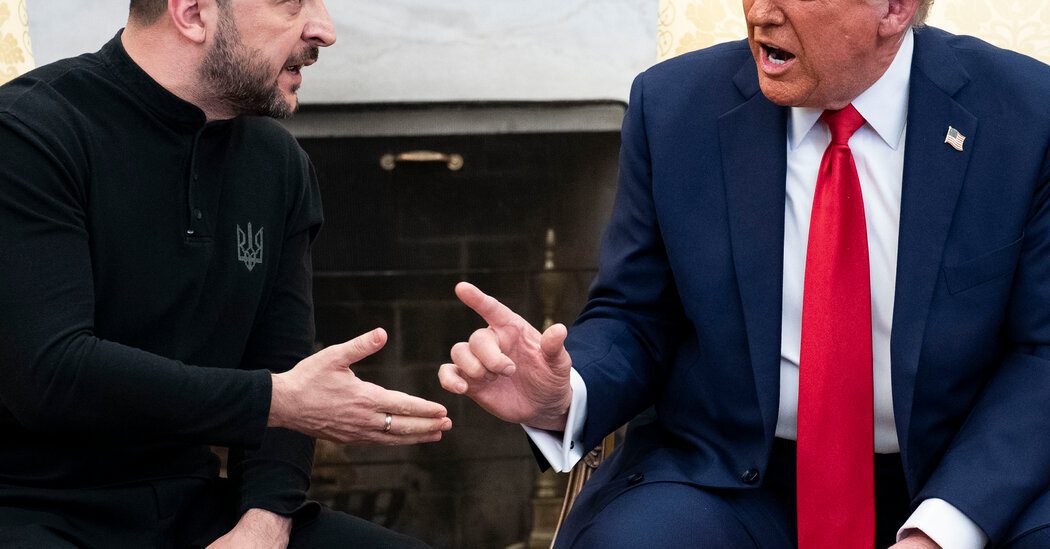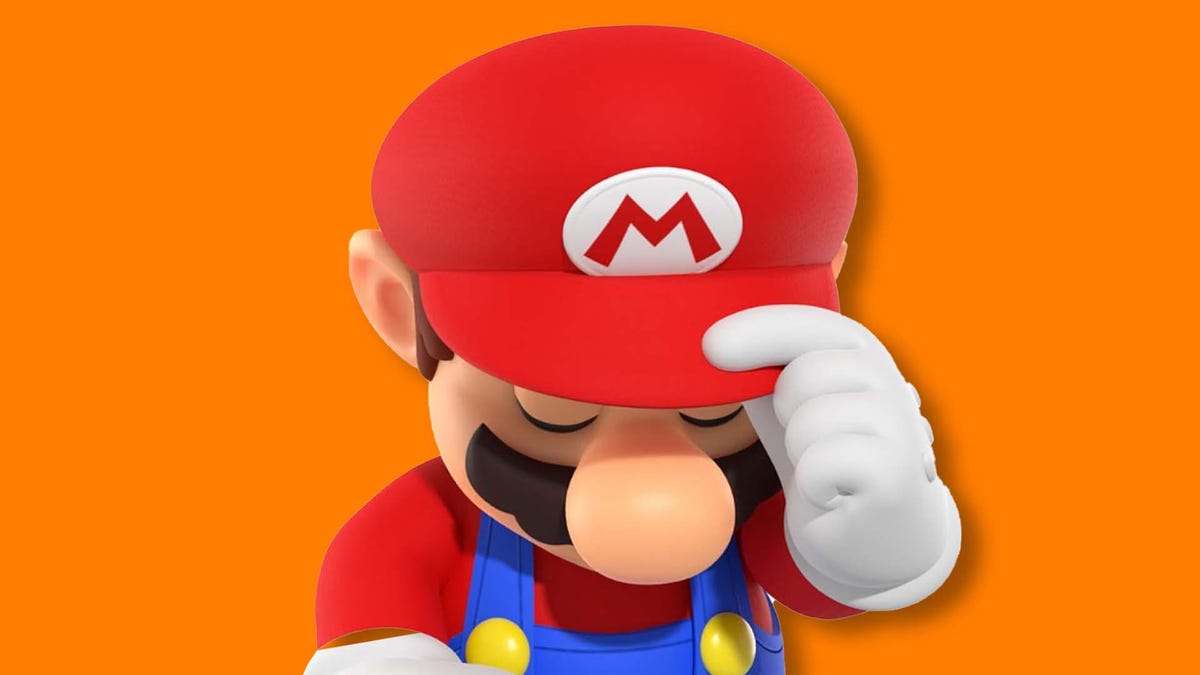
When watching Emma Raducanu’s match against Karolina Muchova on Tuesday, you may have only caught a couple of brief clips highlighted in the news. These included Raducanu speaking to the umpire and her moment of wiping away tears with a towel.
An emotional display from Raducanu often makes for enticing headlines, yet her tears were not a result of injury or frustration. Instead, they followed her decision to report a spectator whose behavior had raised concerns. The Daily Mail described her as “cowering behind the umpire’s chair,” showcasing an interesting use of language that allowed some audiences to rally in anger on her behalf, while others dismissed her as overly sensitive.
Raducanu’s distress is entirely justifiable, especially considering the disturbing reality of stalking in women’s tennis. Many players, including Katie Boulter, have shared their own unsettling experiences, such as being followed home or facing online harassment. Boulter noted, “These kinds of things happen all the time.”
While Danielle Collins may seem boldly expressive on the court, evidenced by her antics during the recent Australian Open, she approaches her personal life with caution after facing stalking incidents both online and offline. She shared that this cautiousness sometimes results in her appearing “withdrawn and distant” to fans, explaining, “I’ve had to be more careful about what I say and do to protect my privacy.”
Sloane Stephens remarked a couple of years back that “athletes receive unnerving messages on a regular basis,” which have become all too normalized. In a particularly chilling incident, when someone revealed her address online, fellow player Madison Keys urged her to seek help from the FBI.
When we hear about such events, the focus often shifts to the troubling obsession and extreme behavior of stalkers. There are stories of individuals hiding in closets or making bizarre claims that can seem far removed from our everyday lives, yet they underscore a serious issue that many talented, famous women face.
This reality is compounded by the barrage of social media abuse these athletes endure from disgruntled fans and punters. It is an additional layer of hostility that female athletes face, from individuals labeling stars like Caroline Garcia as a “clown” to those questioning the loyalty of players such as Coco Gauff.
Are these issues truly separate? Not for those experiencing them. They are akin to different stops along a common route that female athletes are all too familiar with. As stated by Stephanie Hilborne, CEO of Women In Sport, “While all high-profile athletes face scrutiny and abuse, women endure an entirely different level of horror.” She found Raducanu’s recent experience profoundly disturbing.
Hilborne emphasizes that the challenges in understanding this issue stem from a male-dominated sports industry. Women athletes increasingly depend on their individual profiles for visibility, particularly in a climate where social media has become their most valuable asset. Social media engagement allows female athletes to connect deeply with fans, akin to what rugby union’s Ilona Maher has demonstrated.
However, this visibility exposes them to harsh criticism online, with studies indicating they endure significantly more harassment than their male counterparts, including 85% of all online abuse during the Tokyo Olympics. Hilborne stresses, “The expectations placed on sportswomen to share their personal lives online to combat historical exclusion and invisibility should not fall solely on them.”
Today, various sports organizations, including World Athletics, the International Olympic Committee, and FIFA, are implementing AI systems to monitor and filter online abuse targeting athletes during competitions. Although this approach can help alleviate some of the manifestation of abuse, it doesn’t address the underlying issues. The broader sports industry still struggles with the sexism that has shaped its ongoing culture.
after newsletter promotion
In a 2023 UN handbook addressing violence against women and girls in sports, it was noted that “the sports ecosystem has numerous barriers impeding the resolution of this issue, including a lack of accountability, transparency, and a defensive mindset.” Many sports organizations tend to prioritize their image and financial gains above individual safety, a sentiment echoed within recent controversies in Spanish football, US gymnastics, and Afghan cricket.
The swift growth and popularity of women’s sports present a significant opportunity for advancing gender equality and empowering female athletes while altering societal perceptions. However, women’s disciplines in sports should not be expected to rectify the neglectful practices of men’s competitions, especially in a climate where we’re observing troubling resistance against feminism.
Men’s sports can still perpetuate toxic masculinity, as seen in tribal rivalries among fans, messages urging athletes to “man up,” or the unaccountable actions of celebrated male athletes. The UN report raises an important question: if these underlying cultural issues persist, “how can we expect young men to break the cycle of harmful behaviors that contribute to violence against women and girls?”
The harassment of women’s tennis players is far from isolated; it is an issue that warrants our collective attention and action.










